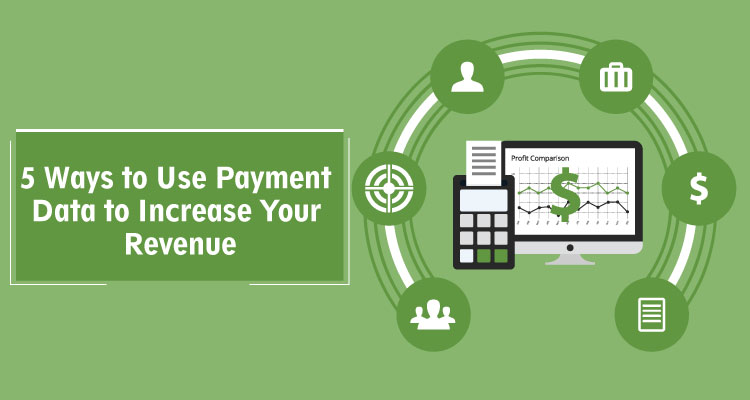The way that we shop and pay for purchases has drastically changed over the last couple of years. For instance, it’s not uncommon to order and pay for your dinner from your favorite restaurant while commuting home. Or, you can pay for your dinner, then pick it up while you are in route home, or even have it delivered about the time you arrive at your destination.
While this new ease of access to commodities definitely improves the journey of your customer, it can get overwhelming for business owners. The key is to centralize and embrace all of this payment data that’s at your fingertips. Once you gather all of the information to a central location, you’ll realize that it’s not all that complicated. And, more importantly, you’ll eventually increase your revenue.
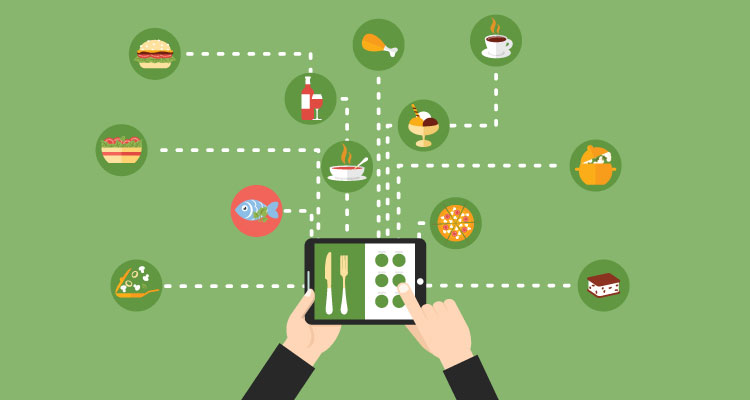
Table of Contents
Toggle1. Supports Cross-Channel Customer Journeys
Customers today use their mobile phone to find directions to your store. They search your website for prices and reviews. They expect to be able to place an order and be able to pick it up in your brick-and-mortar store.
In short, successful business owners need to support the cross-channel customer journey.
For example, by using beacon technology you can send a customer a discount or coupon when they’re in the proximity of your pizzeria. They can then use an app and make a food order with just one-click. Once they arrive, the food is waiting for them.
In ordering items other than food, there is one huge pain point for customers when they order something online. You can ease that pain by using payment data so that you can accept cross-channel returns. Instead of getting the run-around, a customer can return the product in-person and have the money placed back on their card instantly.
Finally, you can use payment data to make sure that your most in-demand items are always in stock. Even if they’re not in stock currently, you can have an in-store app that allows customers to purchase items in their preferred size or color.
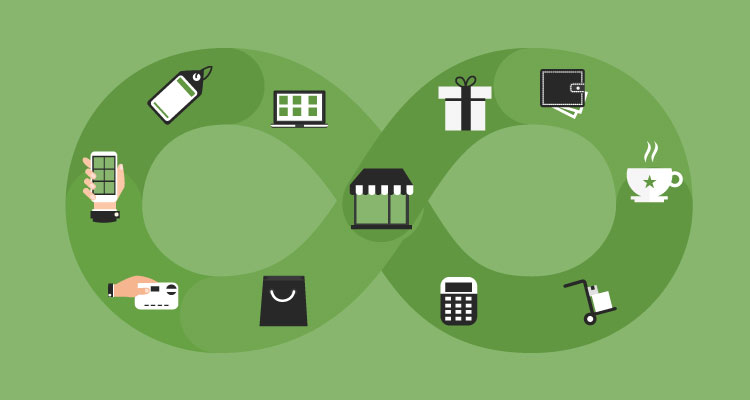
2. Closes the Loop
Payment data has also been revolutionizing the entire payment infrastructure and advertising because it gives merchants the chance to track the purchase to the original source.
For example, if you’re that same pizzeria owner who used beacons to target returning customers, you used payment data to discover that the customer came to the site after reading a review on Yelp. You then notice that a bulk of your business comes from Yelp reviews. Instead of dumping money into Facebook, you would want to focus on Yelp instead by developing a
The lesson you learn is that instead of dumping money into Facebook, you would want to focus on Yelp instead by developing a local-mobile strategy.
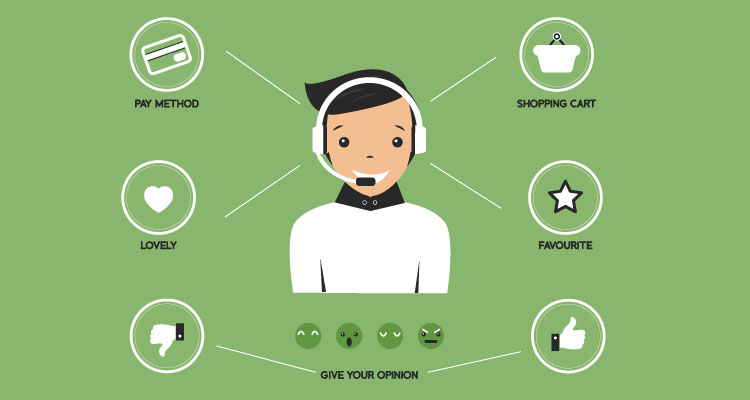
3. Creates Personalized Customer Service
Personalized customer experiences aren’t a luxury anymore. It’s a necessity. This means that when a customer walks into your store, they’re recognized as a returning customer because of the credit card they’ve used in the past. This triggers a loyalty reward, such as a coupon, discount, or free shipping.
Thanks to tokenization, your customer’s data is stored securely. This means that they can verify the purchase with just one-click, or a biometric like a fingerprint or selfie. Besides the transaction being secure, it’s speeds-up the entire checkout process.
4. Preempting Search
Let’s say that you just purchased a charcoal grill at a local hardware store. You still need to purchase secondary purchases like coal, grilling utensils, and food. Because you purchased a grill, you start receiving ads or coupons for these secondary purchases. Possibly you will receive a 5 percent off your purchase from a local butcher.
This preempt search can be used to your advantage since you’re targeting customers that are either interested or in-need of your products.
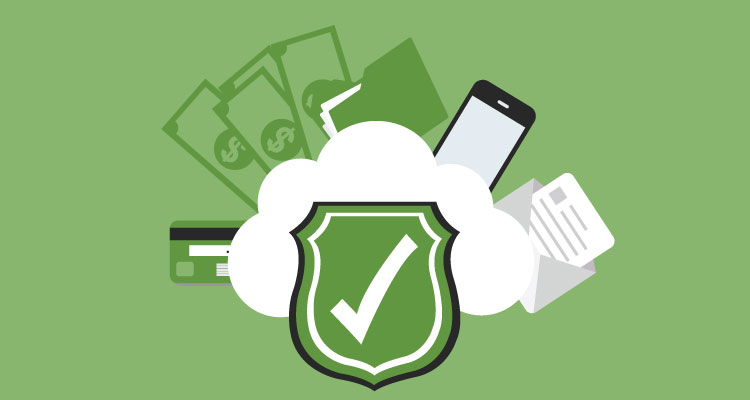
5. Reduces Fraud
Finally, payment data can help reduce fraud – which is a major concern for both customers and business owners.
By using payment data you have insights into the normal shopping behavior of your customers.
For example, if they never spend more than $500 at your business at one time then that’s a red flag. So is if the shipping or email address is different, then what information has been used previously for this customer? Answering these questions can give you a basis to increase revenue from this customer — and will also help you reduce fraud from being perpetrated against your customer.

